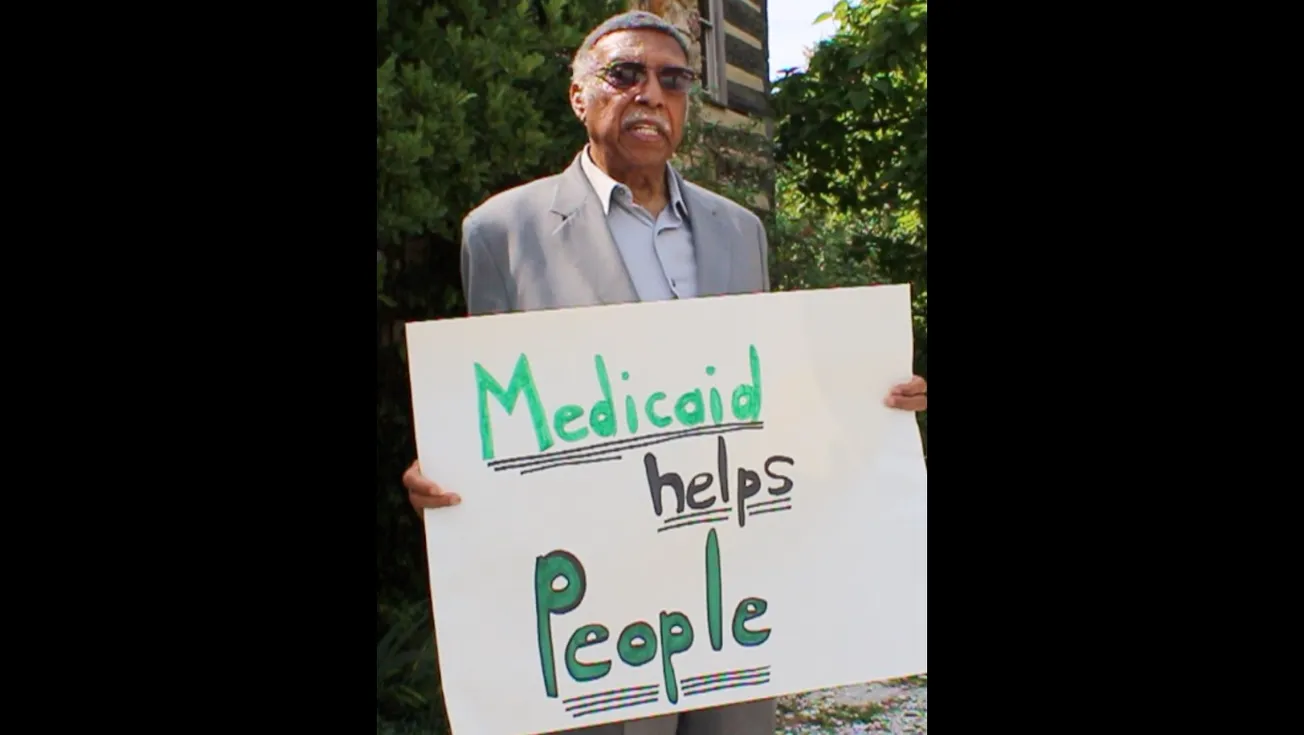The “canary in the coal mine” refers to something acting as an early warning of danger – the former practice of taking caged canaries into coal mines. The birds would die if methane gas became present and alerted miners of the danger.
– Free Dictionary
Robert Pape and Keven Ruby, senior researchers of the Chicago Project on Security and Threats (CPOST) at the University of Chicago, believe the January 6 insurrection is the “canary in the coal mine” for political violence in the US.
“We cannot presume it will blow over,” Pape said. “The ingredients exist for future waves of political violence, from lone-wolf attacks to all-out assaults on democracy.”
On January 6, a mob of about 800 stormed the U.S. Capitol. Because several of the rioters displayed symbols of right-wing militias, some experts called for a crackdown on such groups. It goes without saying that violence organized and carried out by far-right militant organizations is disturbing.
However, a closer look at the suspected insurrectionists presents a far more dangerous problem: a new kind of violent mass movement in which more “normal” Trump supporters — middle-class and, in many cases, middle-aged people without obvious ties to the far right — joined with extremists to overturn a presidential election.
To understand the events of January 6, Americans need to know who attacked the Capitol, their ideology and beliefs, what kind of people they are like, and what their lives are like.
Who were the insurrectionists?
According to the CPOST report, twenty researchers have been reviewing court documents and media coverage for information on the demographics, socioeconomic traits, and militant-group affiliations of everyone arrested by the FBI, Capitol Police, and Washington D.C. police for offenses related to the January 6 insurrection.
The research team reviewed all court documents related to each arrest — which include criminal complaints, statement of facts, and affidavits — and conducted searches of media coverage of each arrestee.
According to Pape and Ruby, four findings stand out:
First, the attack on the Capitol was an act of political violence, not merely an exercise in vandalism or trespassing amid a disorderly protest that had spiraled out of control.
Second, a large majority of suspects in the Capitol riot have NO connection to existing far-right militias, white-nationalist gangs, or other established violent organizations.
Only 20 of the Capitol arrestees studied (approximately one-tenth) can be classified as supporters of gangs, militias, or militia-like groups such as the Proud Boys, Oath Keepers, and Three Percenters – so, about 89 percent of the arrestees have no apparent affiliation with any known militant organization.
Third, the demographic profile of the suspected Capitol rioters is different from that of past right-wing extremists. The average age of the arrestees is 40; 67% are 35 or older; and 40 percent are business owners or hold white-collar jobs. They work as CEOs, shop owners, doctors, lawyers, IT specialists, and accountants. Strikingly, court documents indicate that only 9 percent are unemployed.
A sub-set of those studied are the white women who rallied behind former President Donald Trump — representing 52 percent of white women in the United States in 2016 — which underscores the ease with which many white women provide cover to misogyny, racism, and white supremacy.
And fourth, most of the insurrectionists do NOT come from deep-red strongholds. Of those arrested for their role in the Capitol riot, more than 50% came from counties that Biden won; one-sixth came from counties that Trump won with less than 60 percent of the vote.
And it wasn’t about being left behind by the Great Recession or elections.
This mirrors the American population as a whole—and that is the point. If you presumed that only the reddest parts of America produce potential insurrectionists, you would be wrong.
What, then, are the factors that drove these insurrectionists?
CPOST also conducted two independent surveys in February and March, including a National Opinion Research Council survey, to help understand the roots of this rage. One factor stood out: fear of the “Great Replacement.” Great Replacement theory holds that minorities are progressively replacing White populations due to mass immigration policies and low birthrates.
Replacement theory might help explain why such a high percentage of the rioter’s hail from counties with fast-rising, non-White populations.
Extensive social media exposure is the second-biggest factor the surveys found.
What’s clear is that the Capitol riot revealed a new force in American politics — not merely a mix of right-wing organizations, but a broader mass political movement that has violence at its core and draws strength even from places where Trump supporters are in the minority. Preventing further violence from this movement will require a deeper understanding of its activities and participants.
Some of the standard methods of countering violent extremism won’t satisfy these middle-aged, middle-class insurrectionists. And simply targeting better-established far-right organizations will not prevent people like the Capitol rioters from trying to exercise power by force again soon.
The January 6th “canary in the coal mine” should serve as a warning that a new movement is abroad in the land – and if our democracy is to continue, we have to figure out the best way to deal with it.
–30–







